Kombu, edible kelp.
Umami is a loan word from Japanese. It means "delicious taste" and it refers to glutamate that is present in a lot of savory foods and it does have it's own taste receptor so now western scientists generally accept it as a distinct taste.
This kombu is dry and brittle. When immersed in hot water it quickly softens and swells, turns green and becomes rather tough. It can be removed and sliced into tough thin noodles. Here it used to produce a sort of kombu tea. It makes a huge difference with miso.
Miso paste and water make a fine cup of soup while using this kombu dashi tea-like liquid as base produces a more complex broth. And even more complex with a fish element of dry skipjack flakes, bonito. The saturated flakes are usually strained out but I don't mind having them in there.
The tricks here are to wipe off the white powder that accumulates on the kombu using a damp towel first. The second trick is not over do any of the three elements. It is a light kombu dashi and a light dry fish element and light on the miso, then all three flavors are appreciated fully. (My error is usually I tend to overdo everything)
The sushi delivery reminded me of all this. Their miso is the most excellent I've tasted in a very long time. They have the balance down perfectly.
This company bonito is different than any I've had before. It's broth and not only the flakes.
This is the best miso I've found in the United States. South River Miso. Recommended. The older the miso, the longer the fermentation, then the more salt that is added along the way.


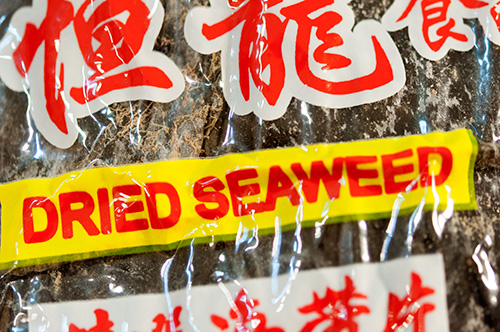

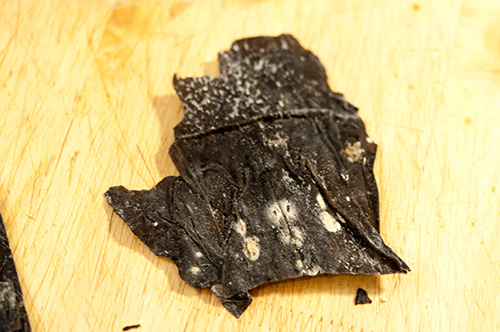

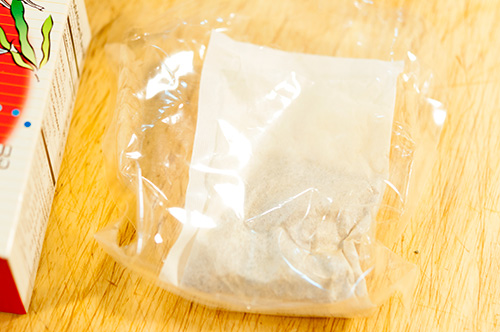
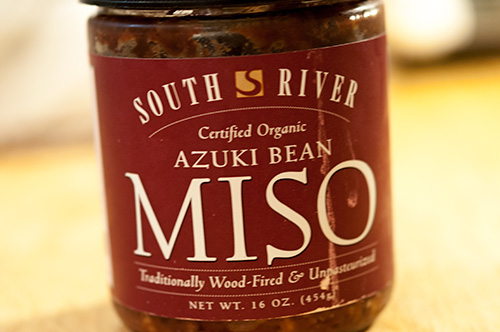
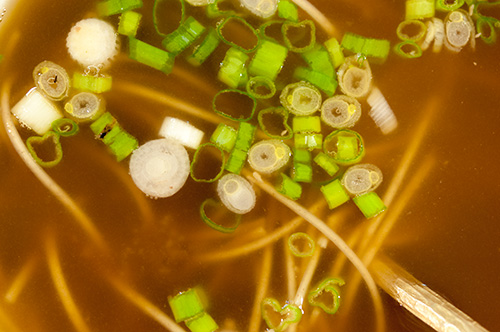

No comments:
Post a Comment